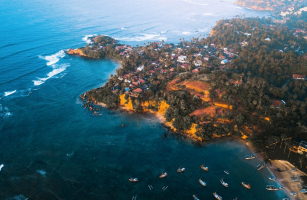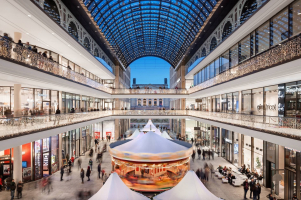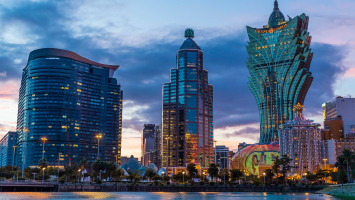Top 13 Things About Mali You Should Know Before Travelling
Mali is a country that many people avoid visiting, but it is full with natural wonders. If you decide to visit Mali, you will not be disappointed. But where ... read more...has Mali vanished to? What are a few interesting facts about Mali? Many travelers are unaware of where Mali is located and wonder if it is safe to visit to Mali. This article has compiled the 13 things about Mali you should know before travelling.
-
The situation in Bamako is peaceful, despite persistent political instability. Maintain vigilance and keep an eye on local media for any developments.
Security events within and within communities continue to occur in many parts of the country, most notably in the Mopti and Segou regions. Terrorist organisations have become involved in some of these confrontations. In Ogossagou, central Mali, 160 peasants were slain by masked gunmen in a single raid in March 2019. Groups operating in Mali's center, north, and north-east use landmines.
Since 2020, the security situation in Segou and Sikasso has deteriorated dramatically, with a series of significant incidents in Segou and rising levels of terrorist-related activities in Sikasso.
Traveling in Mali can be challenging, as circumstances for overland travel are bad. Take all essential safety precautions, especially when traveling outside of major cities, have faith in your security procedures, and keep a high level of attention. This is one of the things about Mali you should know before travelling.
https://www.peopleinneed.net/ 
https://www.dw.com/ -
During the summer, temperatures in Bamako can reach as high as 42°C (108°F) during the day. In the winter, temperatures can dip to as low as 16°C (61°F) at night, though this varies depending on terrain in different parts of Mali.
The best months to visit Mali are October, November, December, and January. It's the dry season, but the harmattan hasn't fully kicked in yet, so it's the best time to visit. In January, February, March, April, and May, the harmattan wind comes down from the Sahara. It can help to moderate temperatures, but expect gritty haze and uncomfortable dryness, as well as decreased visibility for photography and touring.
The days in Mali are the longest in March, so if you want to see the sites during the day when the sun is up for the longest, go during that month. The rainy season in Mali usually occurs in the months leading up to August. It's not unusual to see some heavy rain or light showers around this period, but on some days, the weather is fine for the bulk of the day, with only a few droplets of rain dropping from a passing shower.
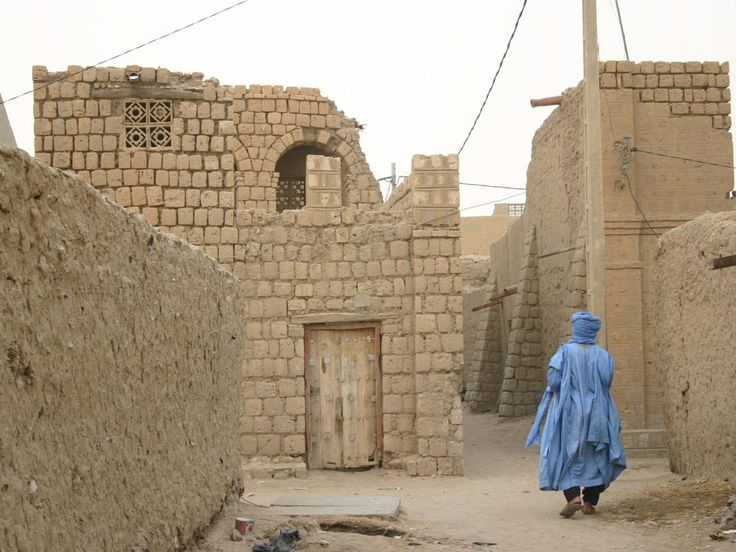
https://www.pinterest.com/ 
https://www.travelaficionados.com/ -
To enter Mali, you'll need a visa. You can apply for single and multiple entry visas at the Malian Honorary Consulate in London or at the Embassy in Brussels. You should not obtain a test through the NHS in order to assist your travel to another nation. Make an appointment to take a private test. You are not required to quarantine upon arrival if you match the above criteria.
Your passport must be valid for the length of time you intend to stay. These requirements include that your passport be valid for the next six months, have at least one blank visa page (amendments and endorsement pages do not count), and not be frayed, damaged, separated, or altered in any way. There is no need to extend the validity period beyond this. Emergency travel documents issued in the United Kingdom are not valid for admission into or transit through Mali. This is one of the things about Mali you should know before travelling.
On arrival in Mali, you must additionally show proof of a current Yellow Fever vaccination certificate. You'll very certainly have to show this to health inspectors at the airport or border crossing.
https://pickvisa.com/ 
https://pickvisa.com/ -
The Great Mosque of Djenné, in present-day Mali, is one of Africa's wonders and one of the world's most remarkable religious buildings. It is also the finest achievement of Sudano-Sahelian architecture (Sudano-Sahelian refers to the Sudanian and Sahel grassland of West Africa). It is also the world's largest mud-built edifice. We get a sense of its grandeur from afar, as it dwarfs the city of Djenné. Consider how you'd get to the city's towering mosque from the city's low-rise adobe neighborhoods.
Djenné prospered as a significant center of business, learning, and Islam, which had been practiced since the beginning of the 13th century. It was founded between 800 and 1250 C.E. The Great Mosque quickly became one of the most important structures in town, largely as a political symbol for locals and colonial forces such as the French, who assumed control of Mali in 1892. The Great Mosque has become the spiritual and cultural heart of Mali, as well as the Djenné population, over the years. It also hosts the Crepissage de la Grande Mosquée, a one-of-a-kind annual festival (Plastering of the Great Mosque).
The Great Mosque people see now is the third restoration of the mosque, which was finished in 1907. The Great Mosque of Djenne is a must-see among Mali's historical sites.
https://thisisafrica.me/ 
https://en.wikipedia.org/ -
Bamako, Mali's capital, is the country's most authentic and typical city. In summation, it is the continent's most African capital. Have an overview during a delightful walk, as it is at the summit of the hill of Koulouba that you must climb, to properly understand the configuration of the site. The capital of Mali, Bamako, is a must-see on any vacation to the country. Whether you enter the country by air or land, you will almost certainly pass through here. This is one of the things about Mali you should know before travelling.
Bamako is a far cry from the soulless capitals of the world. This has little to do with the fact that other Malian cities are smaller, yet Bamako is the most genuine African capital. You can find it in the streets at any time and via the encounters you will have there.
Among Mali's well-known attractions, the National Museum is a must-see. Take a cruise on the Niger River, which runs through the city, to get a greater sense of the local culture. You can also explore the aisles of a major market and take in the sights, smells, and tastes. It is therefore important to join the maquis in the evening. These are little neighborhood bars where the locals congregate on weekends and the atmosphere is often frantic.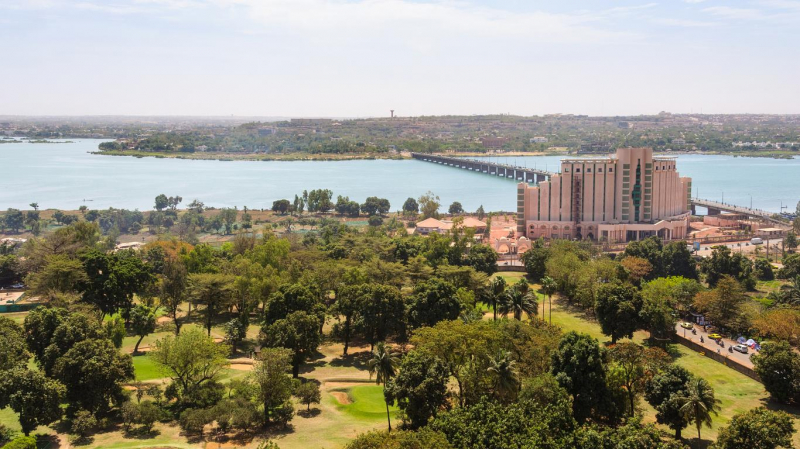
https://www.kayak.com/ 
https://www.dreamstime.com/ -
Mopti's city, which is located far east of the capital Bamako, sounds like a call to adventure for generations of people. On Thursday, come to the region's most stunning market. The city of Mopti, located 640 kilometers from the capital Bamako, is a must-see on the way to Timbuktu or simply to schedule an excursion to the magnificent Bandiagara monument. This is one of the things about Mali you should know before travelling. Before that, take use of the time you'll have in Mopti on your trip to Mali to see the city's attractions.
If you have already gone through Djenne, you will immediately identify the stunning Komoguel mosque's unique style, which is entirely made of mud. It's a work of art in terms of architecture. Any trip along the Bandiagara escarpment must include a stop in Mopti. But be cautious; always double-check that your guide is a licensed professional. Scams should be avoided at all costs. Before that, you'll have to take in the energy of the harbor and explore the various neighborhoods.

https://www.travel-tour-guide.com/ 
https://www.travel-tour-guide.com/ -
Rice and millet are staple foods in Mali's cuisine, which is mainly dependent on cereal grains. Grains are usually served with tomato peanut sauce and sauces produced from edible leaves such as spinach, sweet potato, or baobab. Grilled meat pieces can be added to the meals (typically chicken, mutton, beef, or goat).
Mali's cuisine differs by location due to distinct cultural groupings, yet there are foods that can be found all around the country. Mali has been raising chickens for thousands of years. Lamb, beef, and fish are other good sources of protein.
Carrots, yams, sweet potatoes, and peanuts are among the crops grown. Millet and rice are examples of grains. Rice is a staple item that can contribute up to 40% of a person's daily calorie consumption. The taste, color, and perfume of African rice are distinctive. Millet and rice have been farmed since 1,000 BC, according to archaeological evidence. Rice with vegetables in a peanut sauce, rice or other cereal grains with tomatoes, and fish or chicken with vegetables are also common dishes. Lamb is widely used in meat curries.
"Riz au gras" is a rice-and-vegetable-and-meat meal. Rice with tomatoes, veggies, and meat is known as "jollof rice." Jinjinbere, a sugar, lemon, and ginger drink, is one of the drinks available. Dabileni is a sorrel-based drink made with sugar, water, and herbs. A powerful sweet tea is served at the end of each meal. Tea is offered in three rounds: the first for life, the second for love, and the third for death. This is one of the things about Mali you should know before travelling.

https://www.traveltrivia.com/ 
https://travelfoodatlas.com/ -
Gao is the headquarters of the Gao Region and a city in Mali. The city situated on the left bank of the Niger, 320 kilometers (200 miles) east-southeast of Timbuktu, near the junction with the Tilemsi valley.
Gao was a major commercial center in the trans-Saharan commerce for much of its existence. External Arabic sources characterized Gao as a significant regional power in the 9th century, and the local monarch was supposed to be a Muslim by the end of the 10th century. Gao became a part of the Mali Empire around the end of the 13th century, but the town regained its independence in the first half of the 15th century, and with the victories of Sunni Ali (ruled 1464–1492), it became the Songhai Empire's capital. After the Moroccan invasion in 1591, the Empire disintegrated, and the conquerors chose Timbuktu as their capital. Gao had degenerated into a poor community with 300 matting-constructed homes by the time Heinrich Barth visited in 1854. The population of the urban commune was 86,633 in 2009.
The city of Gao, located entirely in the east of the country and in the heart of the Sahel, provides a different side of Mali than what you've seen thus far. Gao appears to be more of an Arab town than a Malian town. You can sleep on the roof terraces of the houses, bargain for Tuareg handicrafts in the market, and, most importantly, see the tomb of the emperors Askia, which is a wonderful legacy left to Gao.
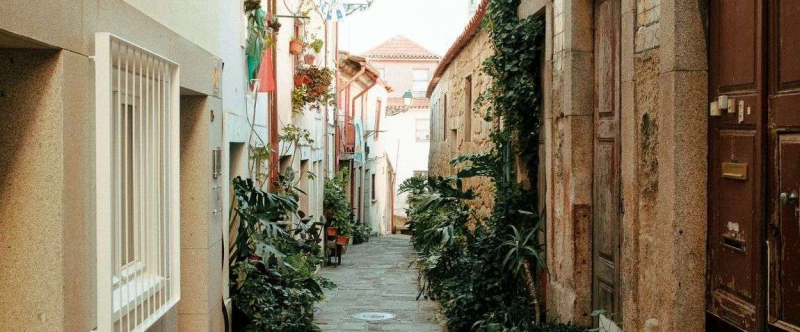
https://pickvisa.com/ 
https://www.blackpast.org/ -
Timbuktu is a Mali city located 20 kilometers (12 miles) north of the Niger River. The town serves as the administrative center of the Tombouctou Region, one of Mali's eight administrative regions. In the 2009 census, it had a population of 54,453.
Timbuktu began as a seasonal village before becoming a permanent settlement in the early 12th century. Timbuktu prospered from the trade in salt, gold, ivory, and slaves after a shift in commercial routes, particularly after Mansa Musa's arrival in 1325. Early in the 14th century, it became a member of the Mali Empire. However, the city's golden age, when it was a major learning and cultural center of the Mali Empire, had come to an end, and it began a lengthy period of decline. Until the French took it in 1893, it was governed by various tribes, a status that continued until 1960, when it became part of the modern Republic of Mali. Timbuktu is currently destitute and suffering from desertification.
Timbuktu is a fabled city in the center of the Malian sands, located in the Niger River valley. If you want to visit Timbuktu on your Mali vacation, consider taking a boat (the tourist pinasse). It's possible that it's safer than driving on the road. Timbuktu is a wonderful name that entices all travelers seeking adventure. The stone building of Alhore, which still dominates Timbuktu's ancient center, will captivate you.
https://www.dw.com/ 
https://en.wikipedia.org/ -
Because car ownership is low and formal government-run public transportation is scarce, Malian cities have a plethora of informal buses and taxis. Bamako is recognized for its green and yellow taxi fleet in particular. Other vehicles that can be used as taxis include trucks, buses, motorcycles, and minivans. Small motorcycles, imported from China and majority lacking licenses, have dominated much of Bamako's traffic in recent years. Motorbikes are often the only economical mode of transportation in Mali, with Chinese-made bikes selling for as little as US$700.
While the government requires both motorbikes and their operators to be licensed, these regulations are largely disregarded. In 2009, Mali had an estimated 500,000 motorcycles on the road, with two-thirds of them being cheap Chinese-made "Jakarta" motorcycles, which had greater fuel efficiency but less safety features than more expensive Japanese or Western models.
Bamako prohibited horse carts in the 1990s, which resulted in an increase in the number of hand carts on the streets. Separate lanes for two-wheeled (carts, bicycles, motorbikes), four-wheeled, and pedestrian traffic have been added to recent road building.
https://www.alamy.com/ 
https://www.bus-planet.com/ -
The Bandiagara cliff, which stretches for 200 kilometers, is one of Mali's most popular tourist attractions. Spend some time getting ready for your hike. Choose how many days you want to hike, which portion of the cliff interests you the most, and whether or not you want a guide to accompany you. His presence is required to get access to the communities.
First and foremost, you should be aware that walking along this long, sometimes 700-meter-high cliff requires the presence of a companion. It stretches from Bankass to Douentza in the heart of Dogon country, passing through traditional troglodyte communities clinging to the cliffs. Kani Kombole, Ende, Yabatalou, and Tireli are the most attractive among them. After a few hours of wandering in the heat of the day, spending the night on a roof terrace with a sky filled with stars will be an incredible experience.
You will pass through lush scenery during these few days. You'll be in for a culture shock when you arrive. Over the cliff, you will have some of the most stunning moments of your country stay.
https://travelthruhistory.com/ 
https://www.amusingplanet.com/ -
Djenne, located about 600 kilometers from the country's capital, Bamako, is the most picturesque city in Mali, if not all of Africa. In the Inland Niger Delta region of central Mali, Djenné is a town and an urban commune. The town serves as the administrative center for the Djenné Cercle, which is one of the Mopti Region's eight subdivisions. In 2009, the commune had a population of 32,944 people, which included eleven neighbouring settlements.
In February, when the mosque's annual plastering takes place, is the greatest time to visit Djenne. This is one of the things about Mali you should know before travelling. Its architecture is one-of-a-kind, and its allure is undeniable; the splendor of the city leaves visitors awestruck. Djenné is a diamond, a precious treasure. Imagine a city made entirely of sand, or De banco, to be more accurate. Nothing seems out of place, including the houses, buildings, and mosques, and the entire scene appears surreal. It's much more stunning as the sun rises and sets. The light becomes even more gorgeous, and the city becomes even more magnificent. The sunlight cast a golden hue on the walls.
The town is known for its unusual adobe architecture, particularly the Great Mosque, which was constructed in 1907 on the site of a previous mosque. Djenné-Djenno, to the south of the town, is the location of one of Sub-Saharan Africa's earliest known settlements. In 1988, UNESCO declared Djenné, along with Djenné-Djenno, as a World Heritage Site.
https://sacredsites.com/ 
https://www.islamicarchitecturalheritage.com/ -
The Festival au désert ("Festival in the Desert") was a Mali annual performance that featured traditional Tuareg music as well as international music. This is one of the things about Mali you should know before travelling. The first Festival was held in Tin Essako in 2001, followed by Tessalit in 2002, then Essakane from 2003 to 2009. Because of security concerns, it was held on the outskirts of Timbuktu from 2010 to 2012, and it has not been held since.
The Festival au Désert was the first of its kind in North Africa, claiming (in what ethnomusicologist Marta Amico called paternalistic terms, promoting tourism in a poor region) that it carried on a long history of traditional Tuareg feasts that encouraged musical and social exchange. The first festival was held in Tin Essako in 2001, and it was then moved to Tessalit in the Kidal district of northern Mali in 2002. The festival was hosted at Essakane, 65 kilometers from Timbuktu, from 2003 to 2009, but due to security concerns, it was moved to the outskirts of Timbuktu in 2010.
The Desert Festival has grown from a traditional Tuareg gathering with spirited debates and entertainment to an international peace event. Festival goers still remember the 1996 Flame of Peace celebration in Timbuktu, when over 3,000 guns were burned. Unlike many other music festivals, the stage is surrounded entirely by desert, and the audience is completely silent.
https://www.thedreamafrica.com/ 
https://notesfromcamelidcountry.net/






















